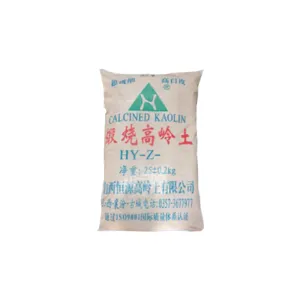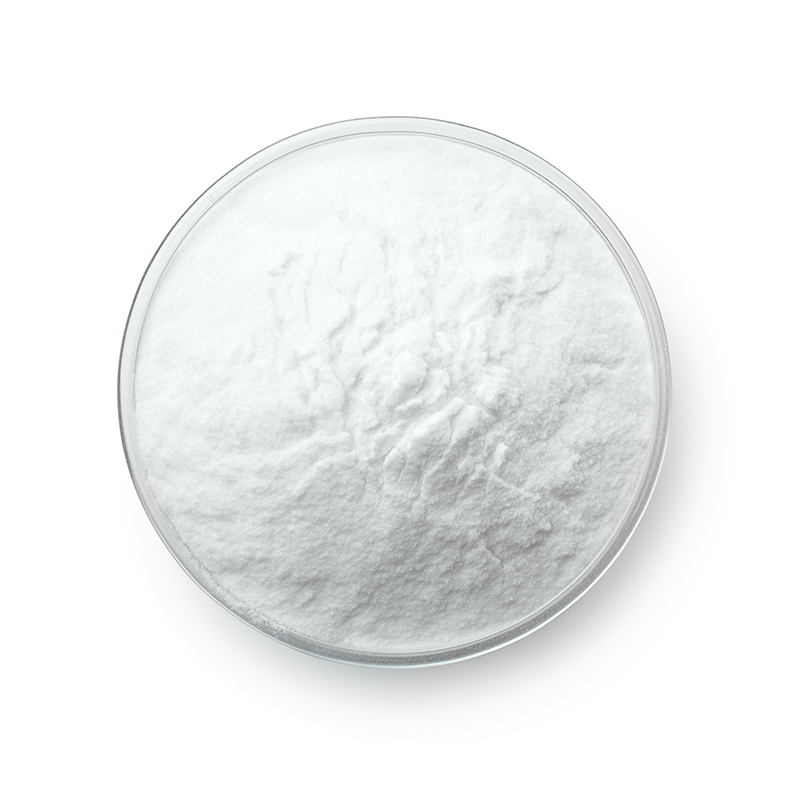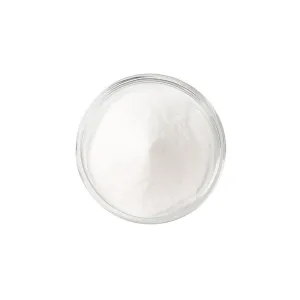Titanium Home
78,093
February 26, 2024, 5:30 PM
During titanium alloy forging, due to improper process specifications, lax quality control of raw materials and other reasons, forgings may have various defects. The common defects are as follows:
1. β brittleness
& nbsp; β brittleness is caused by overheating of forgings. For α and (α + β) titanium alloys, especially (α + β) titanium alloys, if the forging heating temperature is too high, it exceeds the β transformation temperature, resulting in large grains and equiaxed grains in the forgings; the α phase in the microstructure precipitates along the grain boundary and interior of the coarse original β grain. The result is a decrease in plasticity of forgings at room temperature, a phenomenon called β brittleness.
The overheating defects of titanium alloy forgings can not be repaired by heat treatment, but must be repaired by plastic deformation after reheating below the β transition temperature (if the forgings are allowed).
In order to prevent overheating, the furnace temperature should be strictly controlled when titanium alloy is heated, the temperature of the qualified zone of the furnace should be measured regularly, and the charging position and quantity should not be arranged reasonably. When using resistance heating, baffles should be arranged on both sides of the furnace to avoid overheating caused by the billet too close to the silicon carbide rod. Testing the actual β transition temperature of each furnace alloy is also an effective measure to prevent overheating.
2. Local coarse grain
During die forging on a hammer or press, because of the poor thermal conductivity of titanium alloy, the temperature of the surface layer of the billet decreases a lot during the contact with the die, coupled with the influence of the friction between the surface of the billet and the upper and lower die of the die, the middle part of the billet is strongly deformed and the degree of surface deformation is small, so that the structure of the raw material is retained, and a new local coarse grain is formed.
In order to avoid local coarse grain defects of titanium alloy, the following measures can be taken: adopting the pre-forging process to make the deformation uniform during the final forging; strengthening lubrication to improve the friction between the billet and the die; fully preheating the die to reduce the temperature drop of the billet in the forging process.
3. Crack
The forging surface crack of titanium alloy is mainly caused when the final forging temperature is lower than the full recrystallization temperature of titanium alloy. In the process of die forging, the contact time between the billet and the die is too long, due to the poor thermal conductivity of titanium alloy, it is easy to cause the billet surface to cool to lower than the allowable final forging temperature, and also cause the forging surface crack. In order to control the occurrence of cracks, glass lubricant can be used when forging on the press, or when forging on the hammer, the contact time between the billet and the lower die can be shortened as much as possible.
4. Residual casting structure
When forging titanium alloy ingots, if the forging ratio is not large enough or the forging method is improper, the forgings will leave casting structure. The way to solve this defect is to increase the forging ratio and adopt repeated upsetting and drawing.
5. Bright strip
The so-called bright strips in titanium alloy forgings are strips with abnormal brightness visible to the naked eye that exist in the low power structure. Due to the difference of illumination angle, the bright strip can be brighter or darker than the matrix metal. On the cross section, it is dotted or flaky; on the vertical section, it is a smooth strip, whose length ranges from more than ten millimeters to several meters. There are two main reasons for the bright strips: one is the chemical composition segregation of titanium alloy, and the other is the thermal effect of deformation in the forging process.
The bright strip has a certain influence on the properties of titanium alloy, especially on the plasticity and high temperature properties. The measures to prevent the appearance of bright strips are to strictly control the segregation of chemical composition in smelting, and to correctly select the forging thermal specifications (heating temperature, deformation degree, deformation speed, etc.), so as to prevent the temperature of forgings from being too different due to the thermal effect of deformation.
6. Alpha brittle layer
& nbsp; α embrittlement layer is mainly caused by the diffusion of oxygen and nitrogen into the metal through the loose oxide scale at high temperature, which increases the content of oxygen and nitrogen in the surface metal, thus increasing the number of α phase in the surface structure. When the oxygen and nitrogen content of the surface metal reaches a certain value, the surface structure may be completely composed of α phase. In this way, the surface of titanium alloy forms a surface layer with more or all α phase. The surface layer composed of this α phase is usually called the α embrittlement layer. The α-embrittlement layer on the surface of titanium alloy billet is too thick, which may lead to billet cracking during forging.
The thickness of the α-embrittlement layer is closely related to the type of heating furnace used in forging or heat treatment, the properties of the gas in the furnace, the heating temperature and holding time of the blank or parts. The thickness increases with the increase of heating temperature and holding time, and thickens with the increase of oxygen and nitrogen content in furnace gas. Therefore, in order to avoid the excessive thickness of the embrittlement layer, the heating temperature, holding time and furnace gas properties of forging or heat treatment must be properly controlled.
A brittle layer may be formed in α, β and (α + β) titanium alloys. However, α titanium alloy is particularly sensitive to the formation of α embrittlement layer, while β titanium alloy will not form α embrittlement layer until it is heated to more than 980 ℃.
7. Hydrogen embrittlement
There are two types of hydrogen embrittlement: strain type and hydride type. Under the action of stress, the hydrogen atom in the lattice gap diffuses and aggregates to the gap of stress concentration after a certain period of time. The phenomenon of matrix embrittlement is called strain aging hydrogen embrittlement because of the interaction between hydrogen atom and dislocation, which makes the dislocation pinned and can not move freely. The hydrogen dissolved into the solid solution at high temperature is precipitated in the form of hydride with the decrease of temperature, and the phenomenon of embrittlement of titanium alloy is called hydride hydrogen embrittlement. These two types of hydrogen embrittlement may occur in both titanium and titanium alloys.
The problem of hydrogen embrittlement is caused by excessive hydrogen content in titanium alloy. Therefore, the hydrogen content in industrial titanium alloy must be controlled at 0. 5%. Within 0.15%.
In order to prevent or reduce hydrogen embrittlement, the furnace should have a slightly oxidizing atmosphere during forging or heat treatment. vacuum annealing can be carried out for titanium alloy parts with hydrogen content exceeding the stipulation and important titanium alloy parts to eliminate hydrogen embrittlement.














